Die Newsmeldung vom 13.01.2024 auf heise.de „Na endlich: Fernseher und Monitore mit mattiertem OLED-Display“ hat wie ein segensreicher Paukenschlag in der Elektronik-Community eingeschlagen. Endlich gehören spiegelnde OLED-Displays der Vergangenheit an. Endlich keine Schminkspiegel mehr auf den Schreibtischen. Endlich blendfreies Fernsehvergnügen ohne Spiegelungen der Umgebung im Wohnzimmer. Zu schön, um wahr sein, oder? Gehören matte entspiegelnde Displayfolien damit der Vergangenheit an?
Sind alle TV-Displays bald nur noch in matt verfügbar?
Heise schreibt am 13.01.2024:
Bisher haben alle Smart-TVs und Monitore mit organischem Display eine spiegelnde Schirmoberfläche. Samsung bricht jetzt mit dieser Tradition.
Alle organischen TV-Displays spiegeln üblicherweise, einzig im Mobilbereich gibt es fein mattierte OLEDs. Auf der CES hat Samsung nun erstmals OLED-Fernseher und -Monitore mit mattierter Bildschirmoberfläche vorgestellt. Wenn sich Lampen oder Fenster bei ungünstigen Lichtbedingungen im Wohnzimmer am TV-Bildschirm spiegeln, überdecken sie an diesen Bildstellen den Inhalt. Zwar nutzen die Hersteller dielektrische Entspiegelungen, doch diese helfen kaum gegen störende Spiegelungen von Punktlichtquellen. Damit räumt Samsung nun auf und bringt mit seiner Modellreihe S95D unter der Bezeichnung „OLED Glare Free“ erstmals mattierte OLED-TVs. Diese ist Samsungs Premium-Serie, sie nutzt QD-OLED-Panels mit 4K-Auflösung und 3840 × 2160 Pixeln. Die Displays können mit bis zu 144 Hertz getaktet werden, sind laut Samsung 20 Prozent heller als ihre Vorgänger und werden in 55, 65 und 77 Zoll erhältlich sein.
Was sind überhaupt OLED Displays?
OLED Displays erzeugen das darzustellende Bild mittel Organic-Light-Emitting-Dioden.
Eine OLED (organische Leuchtdiode) ist ein leuchtendes Bauelement, das aus organischen halbleitenden Materialien besteht. Im Gegensatz zu anorganischen Leuchtdioden (LED) benötigt sie eine geringere Stromdichte und Leuchtdichte und keine einkristallinen Materialien. Dadurch kann sie kostengünstiger in Dünnschichttechnik hergestellt werden. Allerdings ist ihre Lebensdauer und Lichtausbeute im Vergleich zu herkömmlichen Leuchtdioden noch geringer.
Verwendung OLED Displays
Die OLED-Technologie findet Anwendung in der Herstellung von Bildschirmen für Smartphones, Tablet-Computer sowie für größere Fernseher und Computermonitore. Dabei werden ausschließlich AMOLED-Displays (Active Matrix OLED) verwendet, da PMOLED-Displays (Passive Matrix OLED) aufgrund ihrer Konstruktion auf kleinere Bildschirmgrößen beschränkt sind (unter 3 Zoll). Zusätzlich findet die OLED-Technologie auch Verwendung in der großflächigen Raumbeleuchtung. Dank ihrer Materialeigenschaften können OLEDs auch in Form von biegsamen Bildschirmen verwendet werden.
Warum spiegeln Displays überhaupt?
Spiegelungen auf Displays entstehen aufgrund des Phänomens der Reflexion von Licht. Ein Display besteht aus verschiedenen Schichten, darunter eine Glas- oder Kunststoffoberfläche, eine Schicht mit Pixelelementen und eine Hintergrundbeleuchtung. Wenn Licht auf die Oberfläche des Displays trifft, kann ein Teil des Lichts reflektiert werden und an der Oberfläche des Displays abprallen.
Das reflektierte Licht kann dann vom Betrachter wahrgenommen werden und zu Spiegelungen führen. Dies geschieht, wenn das reflektierte Licht vom Display einen bestimmten Winkel zur Oberfläche hat, der mit dem Blickwinkel des Betrachters übereinstimmt. Dabei kann das reflektierte Licht sowohl von der Umgebung (wie z.B. Lichtquellen, wie zum Beispiel eine Deckenlampe als Punktquelle) als auch von Objekten in der Umgebung (wie z.B. Spiegel, spiegelnde Tischoberflächen, Fensterscheiben oder ähnliches) stammen.
Faktoren, die die Spiegelungen beeinflussen
Es gibt mehrere Faktoren, die die Spiegelungen auf Displays beeinflussen können. Die Oberfläche des Displays spielt eine wichtige Rolle, da glatte Oberflächen dazu neigen, das Licht stärker zu reflektieren als raue Oberflächen. Außerdem kann die Helligkeit des Displays und des Umgebungslichts die Intensität der Spiegelungen beeinflussen. Je heller das Display oder das Umgebungslicht ist, desto stärker sind in der Regel die Spiegelungen.
Zudem kann die Art des Displays selbst eine Rolle spielen. Zum Beispiel neigen OLED-Displays aufgrund ihrer organischen Materialien dazu, weniger stark zu spiegeln als LCD-Displays, die eine Hintergrundbeleuchtung verwenden. Dies liegt daran, dass OLED-Displays kein Hintergrundlicht haben und das reflektierte Licht weniger intensiv ist.
Wie kann man Spiegelungen reduzieren?
Um Spiegelungen auf Displays zu reduzieren, gibt es verschiedene Ansätze. Eine Möglichkeit besteht darin, spezielle Beschichtungen auf die Oberfläche des Displays aufzubringen, die das reflektierte Licht streuen und so die Spiegelungen verringern. Samsung führt für ausgewählte OLED Displays, einen speziellem Arbeitsschritt ein, der die Oberfläche der Display mattiert, um die Spiegelungen zu streuen, bzw. deutlich zu zu reduzieren. Nachdem, wie im Heise Artikel erläutert wird, nur bestimmte OLED Displays mit einem matten Display ausgestattet werden, wird eine große Anzahl von Displays nach wie vor spiegelnde Displays aufweisen.
Man wird die Mattierung aber nicht unbedingt in anderen Monitoren und TVs mit QD-OLED-Panel finden. Wie uns der Panelhersteller Samsung Display erklärte, erfolgt das sogenannte Finish der Displayoberfläche – die Mattierung – in diesem Fall nicht in der Panelfabrik, sondern wird von Samsung Electronics selbst durchgeführt. Deshalb dürften etwa die Monitore von Dell und die Smart-TVs von Sony mit QD-OLED-Panels zumindest vorerst eine glänzende Oberfläche behalten.
Wie kann ich meinen spiegelnden Fernseher entspiegeln?
Es scheint klar zu sein, dass wohl nur ausgewählte Samsung Panels dieses Matt-Finish erhalten werden. Aller Voraussicht nach, wird sich Samsung den zusätzlichen Arbeitsschritt der Mattierung sicherlich auch teuer bezahlen lassen. Viele Displays von Fernsehern und Monitoren, im speziellen im mittleren oder unteren Preissegment, werden weiterhin ein spiegelndes – die Hersteller sprechen sehr häufig dann von glossy oder ultra-clear Displays – besitzen. Müssen Besitzer eines spiegelndes Displays nun auf ein mattes entspiegeltes Display verzichten?
Matte Entspiegelungsfolien von Neoxum passend für TV-Gerät, Monitor & Bildschirm
Insbesondere professionelle matte Entspiegelungsfolien von Neoxum, dem Deutschen zertifizierten Qualitätshersteller aus dem Allgäu, hervorragend geeignet, störende und nervende Spiegelungen auf dem TV-Display entscheiden zu reduzieren, so dass ein entspannter Filmgenuss wieder möglich ist. Die matten Entspiegelungsfolien werden dabei auf Maß je nach Fernseher Hersteller und Modell produziert.
Matte entspiegelnde Displayfolien Online kaufen
Über unseen Partner, der Firma docda, können passende Entspiegelungsfolien für Fernseher für viele Hersteller und Modelle online erworben werden. sollten Sie auf der Seite Ihren Hersteller oder das Modell Ihres Fernsehers nicht finden, so können Sie dennoch eine passende entspiegelnde Displayfolie bestellen – ohne Mehrkosten – ganz einfach. Wählen Sie im Formular den Punkt “Hersteller und oder Modell nicht gefunden” aus und senden Sie das Anfrageformular ab.
Warum passt eine 55 Zoll Entspiegelungsfolie nicht auf jeden 55 Zoll Fernseher?
Vielen ist nicht bewusst, dass ein 55 Zoll Fernseher nicht gleich 55 Zoll Fernseher ist. In der nachfolgenden Grafik ist exemplarisch gezeigt, dass sich eine 55 Zoll Diagonale eines Fernsehers auf unterschiedliche Weise darstellen lässt. In der Grafik ist dies beispielhaft für 3 Varianten, die farblich gekennzeichnet (schwarz – grün – blau) illustriert: In der schwarzen Variante sind Höhe und Breite fast identisch. Bei der grünen Variante sind Breite und Höhe in etwa im Verhältnis 16:9. Das schwarz dargestellte Display ist eher Breitbildformat.
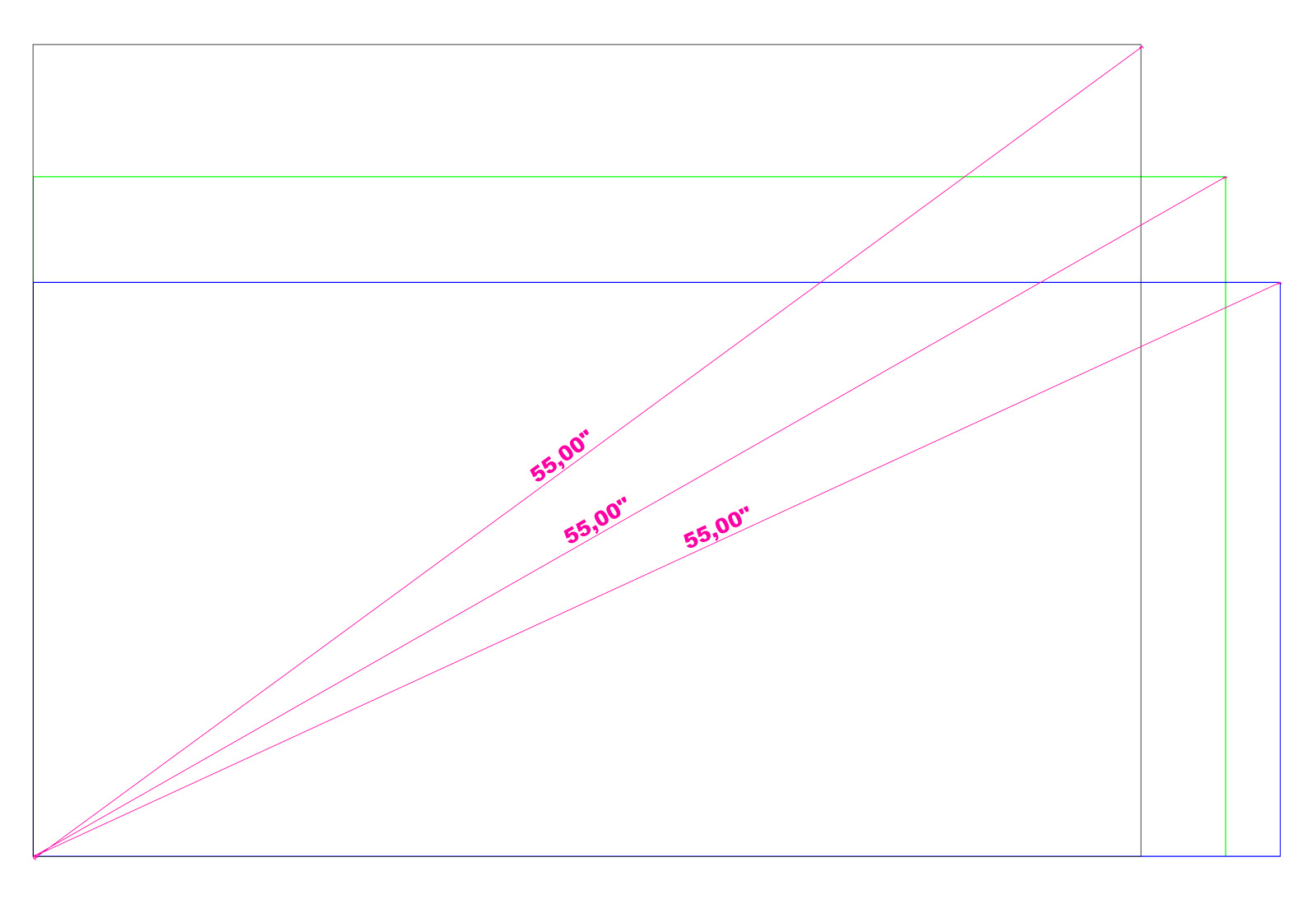
Wieviele Varianten gibt es nun?
Um die Frage zu klären, wieviele Varianten für es für eine 55 Zoll Bildschirm gibt – und letztendlich für eine passende 55 Zoll matte entspiegelnde Displayschutzfolie – müssen wir ein klein wenig in die Schulmathematik zurückkehren. Die Antwort liefert uns der gute alte Satz des Pythagoras.
Der Satz besagt, dass in allen ebenen rechtwinkligen Dreiecken die Summe der Flächeninhalte der Quadrate der Katheten gleich dem Flächeninhalt des Quadrates der Hypotenuse ist. Wenn a und b die Längen der an den rechten Winkel angrenzenden Seiten, den Katheten, sind und c die Länge der dem rechten Winkel gegenüberliegenden Seite, der Hypotenuse, dann lässt sich der Satz als Gleichung ausdrücken:
Löst man c, der Hypotenuse auf, so erhält man:

Dies entspricht in unserem Beispiel mit den drei farbigen Displays der Displaydiagonalen.
Unendlich viele Kombinationen von Displaybreite und Displayhöhe bei einer gegeben Displaydiagonalen
Aus obiger Gleichung wird deutlich, dass es unendlich viele Möglichkeiten gibt, ein und dieselbe Displaydiagonale mittels Variation von Höhe a und Breite b darzustellen.
Aus diesem Grund produzieren wir für jedes Display individuell nach Hersteller und Modell die passgenaue Displayfolie. Es gibt sicherlich identische Displaygrößen für unterschiedlichche Hersteller und Modelle, jedoch stellt dies tatsächlich die Ausnahme dar und ist häufig dem Zufall überlassen.
Fazit: Eine 55 Zoll Folie für eine Samsung Fernseher Modell XYZ passt mit an Sicherheit grenzender Wahrscheinlichkeit nicht auf ein 55 Zoll TV-Gerät von LG.

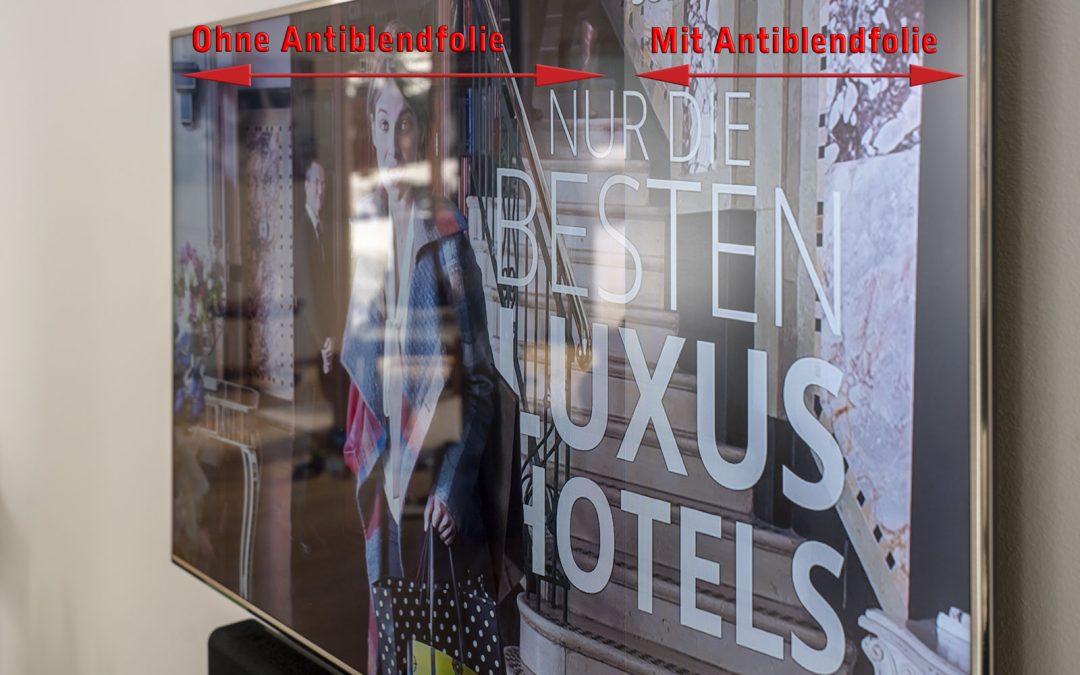
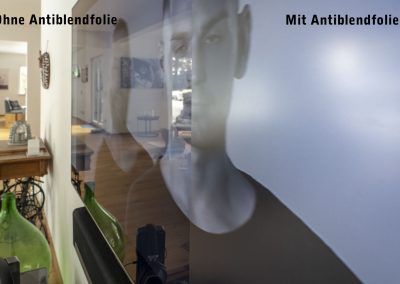
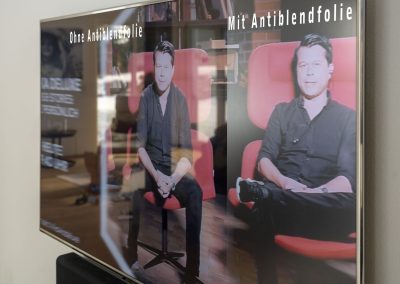
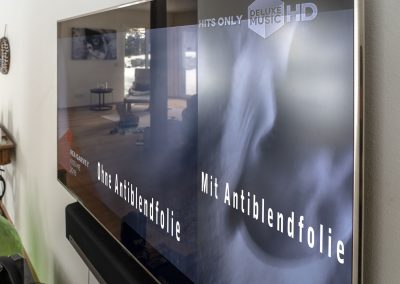
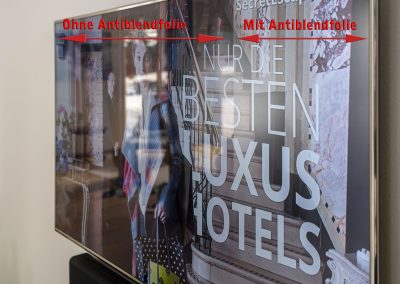
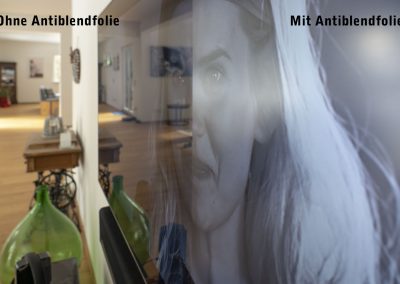

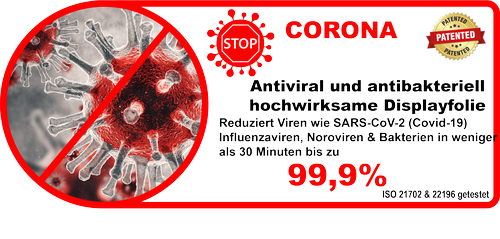
 . A strong 256-bit encryption secures the data transfer. With our externally issued SSL certificate, we are transparent and compliant. In addition to the SSL-secured website, we take data protection very seriously.
. A strong 256-bit encryption secures the data transfer. With our externally issued SSL certificate, we are transparent and compliant. In addition to the SSL-secured website, we take data protection very seriously.
Latest comments